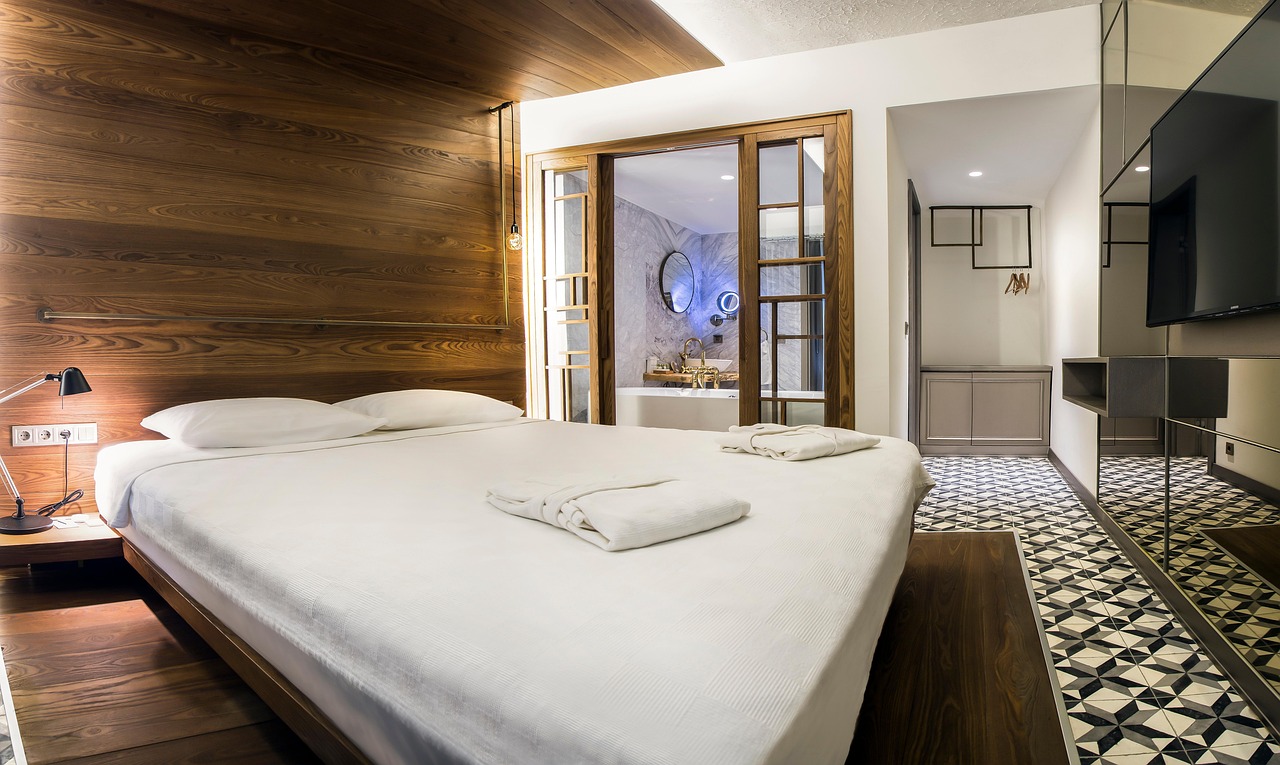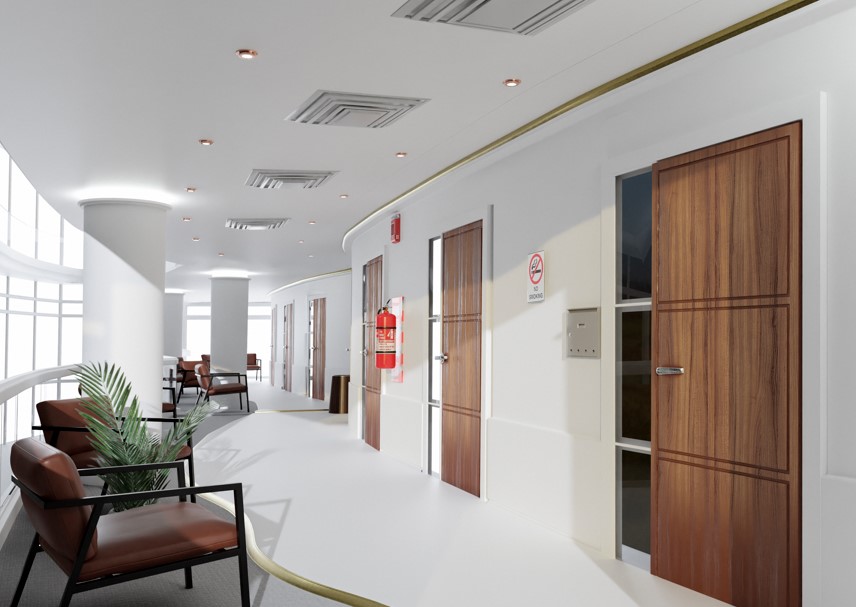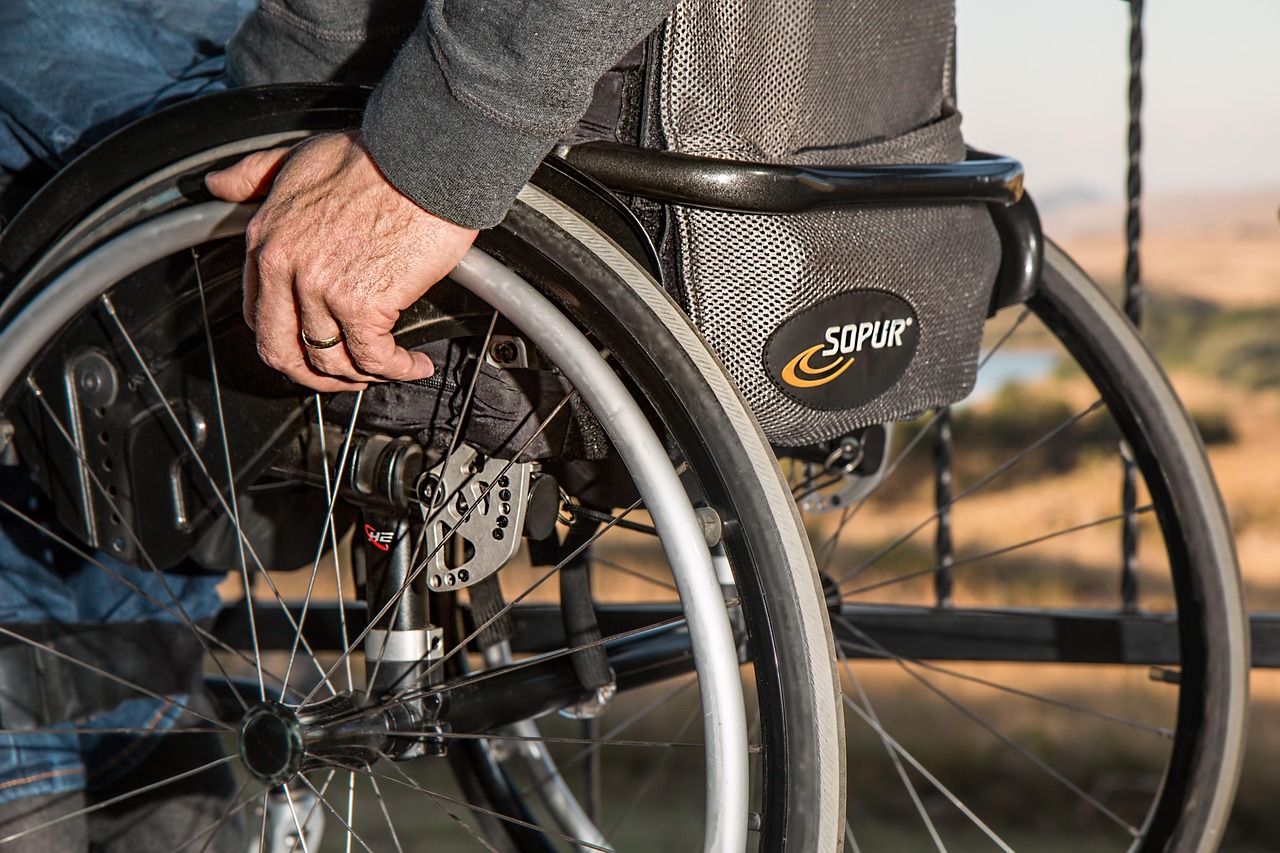29
May 2024
Top 10 Examples of Hotel Accessibility and Inclusivity in 2023
Published in General on May 29, 2024

Today, hospitality is more than providing a comfortable bed and a warm welcome. Hotels are evolving to meet the diverse needs of travellers and are aware that accessibility and inclusion are key elements of exceptional service. This article explores how hotels embrace inclusion and accessibility. Real examples underline their commitment to making every guest feel valued and welcome.
1. Universal design and accessible spaces:
Hotels are increasingly adopting universal design principles to ensure that their spaces are accessible to all customers, including the disabled. For example, Morgan's Inspiration Island Water Park in San Antonio, Texas, is a fully handicapped-accessible water park with waterproof wheelchairs and staff trained in disability sensitivity.
2. Adapted Guest Rooms:
Many hotels now offer adapted rooms with amenities such as roll-in showers, grab bars and wider doors for guests with mobility impairments. Located in Denver, Colorado, the Limelight Hotel is known for its accessible rooms which features such as lower viewing openings and visual alarms for hearing impaired guests.
3. Visually and Hearing Impaired:
Hotels have features such as Braille signage, visual warnings, and closed-captioned televisions to accommodate guests who are visually or hearing impaired. The Grand Velas Riviera Maya in Mexico has gone the extra mile by offering a Braille menu and trained staff proficient in sign language.
Some accommodations are close to medical facilities. You can check out Hospital Stays website, and they will recommend apartments and hotels that are suitable for your stay.
4. Sensory Friendly Accommodations:
Some hotels have introduced sensory rooms designed to provide a comfortable environment for guests with sensory sensitivity or autism. Crowne Plaza Syracuse, New York, offers rooms like this one with soothing decor and mind-friendly amenities.
5. Staff training:
One of the most important aspects of inclusion is staff training. Hotels invest in training their staff to interact sensitively with guests of all backgrounds and abilities. The Ritz-Carlton, Amelia Island, Florida, is known for its employee training programs focusing on disability awareness and inclusion.
6. Internet accessibility:
In the digital age, hotels ensure their online presence is accessible to people with disabilities. For example, Marriott International has made its website and mobile app more user-friendly for people with visual or hearing impairments.
7. Cultural Inclusion:
Inclusion goes beyond physical accessibility. Some hotels embrace cultural inclusion by offering services tailored to specific cultural needs. For example, the JW Marriott Marco Island Beach Resort in Florida offers Jewish travellers kosher cuisine and Shabbat-friendly elevators.
8. Gender-neutral accommodation options:
Hotels are aware of the importance of gender-neutral accommodation options. For example, Hotel Pavillion (Toren) in Amsterdam offers unisex bathrooms and gender-neutral rooms.
9. Pet Friendly Rules:
Inclusion also extends to guests' furry companions. Many hotels have pet policies that allow guests to bring their pets. For example, the Kimpton Hotel Palomar in Los Angeles has a "Director of Pet Relations" to welcome four-legged guests.
10. Environmental responsibility:
Some hotels ensure that their involvement extends to the environment. Soneva Fushi in the Maldives is a great example of environmental sustainability and inclusion. They offer accessible villas while maintaining strong environmental responsibility.
These examples show that embracing diversity is not only an obligation but also an opportunity to improve the guest experience and create a more inclusive world for all. Mystery shopping programs are a great way to find best practices that can be applied to a particular type of hotel.









